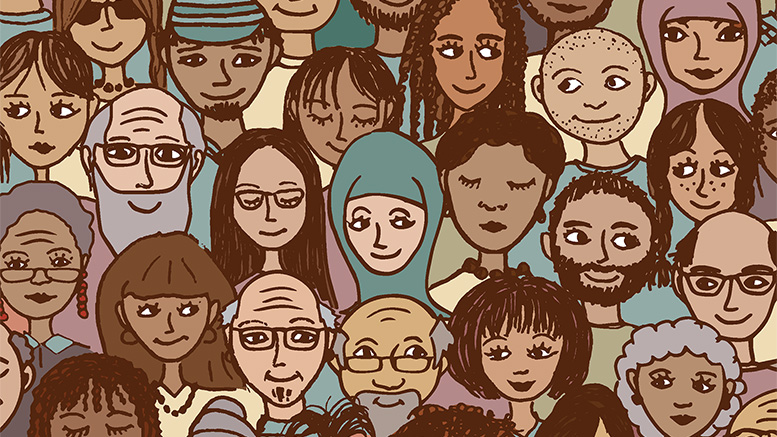Today, there is an abundance of evidence that study abroad has benefited student academic success and progress, employability, earnings potential and, as a result, the economic prosperity of local communities and the nation.
Over the past decade, many studies have touted the positive effects of study abroad. Many have found significant increases in student retention, success (measured in GPA averages) and completion rates. Notably, several studies also found significantly higher increases among minority students. In addition, a 2013 study of community college students in California found that students who studied abroad successfully completed remedial programs and transitioned into college-level courses at faster rates.
Earlier this year, the Institute of International Education (IIE) and the American Institute for Foreign Study (AIFS) Foundation published a white paper examining the link between employability and study abroad. It highlights a primary talking point of IIE’s Generation Study Abroad Initiative that study abroad contributes to career readiness. Along those lines, there are many multinational studies which concluded that employers prefer to hire those who have studied abroad or obtained some level of international and multicultural experience. A recent British Council study makes similar points.
Given the many benefits of study abroad and the huge focus on workforce preparation around the world, it is no surprise that study abroad is on the rise — from 4.6 million worldwide in 2016 to a projected 8 million by 2025.
Overcoming obstacles
But like several other English-speaking nations (such as Canada, the United Kingdom and Australia), the U.S. still has comparatively lower numbers of students studying abroad. During the 2015-16 academic year, only 325,339 U.S. students studied abroad, according to the IIE 2017 Open Doors Report. (Compared to over one million international students studying in the U.S. that year, including 328,547 from China alone.) For community colleges, the numbers are lower — only 6,905 or less than 1 percent of the total number of students graduating each year with a certificate or associate degree.
For U.S. community college students, the obstacles to study abroad can be many. In addition to the American stay-at-home culture (notably, the inception of community colleges in the U.S. was to bring higher education closer to home for every citizen), community college students tend to be older (average age is 28) with more significant responsibilities at home (for example, 17 percent are single parents). A larger percentage hold full-time jobs while attending college (41 percent) and come from a lower socio-economic income bracket (58 percent receive financial aid). Not surprisingly, many also attend community college part-time (63 percent).
In order to meet the needs of students and the workforce, an increasing number of community colleges are finding new and innovative ways to provide study abroad opportunities and/or international experiences for their students. Some have received prestigious national awards for their efforts. For community college students who cannot afford to travel abroad, institutions are increasingly internationalizing the curriculum and co-curriculum to bring the world to their students, leveraging private sector partnerships with multinational corporations to provide study/work abroad funding and internships, and capitalizing on virtual exchange initiatives.
In addition, federal funding resources are also evolving to meet the modern day needs of community college students. For example, the Gilman Scholarships recently shortened its minimum length requirements for study abroad and also added work abroad to its scholarship options, an effort that substantially increased the number of community college student applicants and participants.

